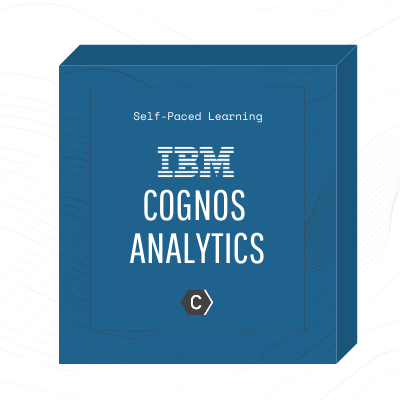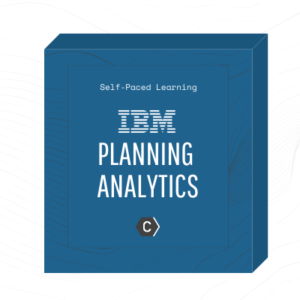Description
Version:
v10.2
Audience:
This advanced course is intended for Developers.
Objectives:
Detail:
Create hierarchies manually using different approachesExamine the features of a hierarchyExamine literalsSet data access for hierarchy levelsExamine static and dynamic membersExamine fosteringUse derivations in a hierarchyProcess Dimensional History and Late Arriving FactsExamine slowly changing dimensions (SCDs)Use surrogate keys in SCDsManage type 1 and type 2 changes to dimensional dataLoad historical data for a dimensionExamine late arriving factsProcess late arriving facts in a fact buildTransform Data Using Lookups and Derived DimensionsIdentify when to use lookupsIdentify the requirements for a lookupCreate a translation lookupCreate an optional lookupAdd derived dimensions to fact buildsCustomize Data DeliveryConfigure fact and dimension delivery modulesCreate indexes on fact and dimension tablesUpdate fact data using keysCustomize Fact Data ProcessingFilter fact dataMerge duplicate fact dataExamine fact data integrity checkingReject fact dataAggregate, Filter, and Partition Fact DataAggregate fact dataExamine aggregate rulesVertically restrict fact dataHorizontally restrict fact dataPartition fact dataImplement Job ControlExamine where job control fits into the data warehouse lifecycleCreate a JobStreamAdd, link, and reposition nodesExecute a JobStream and view the resultsAutomate Functionality Using CommandsDifferentiate between the Command Line Interface (CLI) and Data Manager DesignerIdentify common commandsUse commands in a batch fileExamine variablesCustomize Functionality with User-Defined Functions and VariablesExamine user defined functions (UDFs)Create an internal UDFCreate a user-defined variableProcess Unbalanced Hierarchical DataExamine balanced, unbalanced, and ragged hierarchiesAdd a recursive level to a hierarchyIdentify ways to balance a hierarchy and delivered flattened dataExamine circular referencesPivot Fact DataExamine pivotingUse the single pivot techniqueUse the advanced pivot techniqueExamine reverse pivotingResolve Data Quality IssuesIdentify data quality and cleansing issuesHandle fostered and unmatched membersPerform debugging using SQLTerm and functionsAssess the quality of output dataTroubleshoot and Tune the Data Manager EnvironmentUse build logging to ensure that data marts are being loaded properlyPerform dimension breakingManage memory and resourcesExport DDL statementsOrganize and Package Data Manager ComponentsExport and import components using packagesSearch for components in a catalog using NavigatorIntegrate with IBM Cognos BIExamine IBM Cognos BIIdentify the role of metadata dimensions, metadata collections, and metadata starsExport Data Manager metadata to XMLImport Data Manager XML into Framework ManagerUse Data Manager metadata with IBM Cognos BIPublish a data movement task to IBM Cognos ConnectionEnd-to-End WorkshopEntity-Relationship Model of the GO_Demo Database (Optional)Work in a Multi-Developer Environment (Optional)Examine collaborative development supportExamine the source code repositoryExamine the component dependency modelIdentify planning considerationsStandardizing Dimensions and Facts Exercise (Optional)Review of Data Manager Essentials (Optional)Data warehouse designThe purpose of Data Manager componentsDevelopment steps in Data Manager to create data martsTrack dimensional changes and late arriving factsWork with SAP R/3 Data (Optional)Identify how to access SAP R/3 data sources using the IBM Cognos Data Manager Connector for SAP R/3 tool
Pre-Requisites:
This offering is intended for Developers who have a knowledge of basic Windows functionality, database and dimensional.analysis concepts, as well as a working knowledge of SQL.
Additional information
| Application | IBM Cognos Analytics |
|---|---|
| Duration | 5 Days |
| Language | English |



